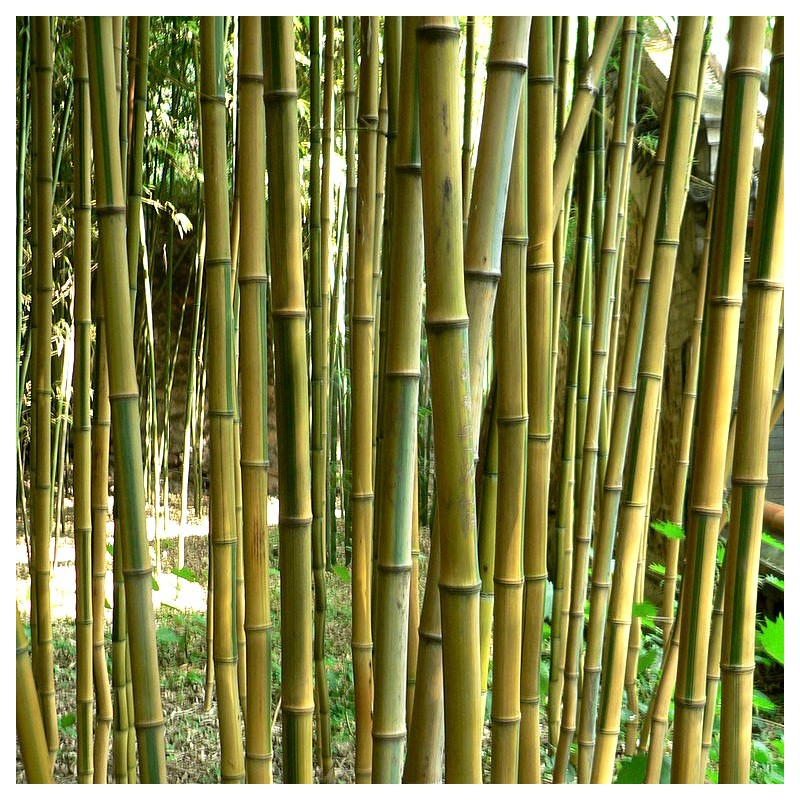
Phyllostachys aureosulcata "Spectabilis" 5L Desjardins.fr
Phyllostachys aureosulcata 'Spectabilis' | Thompson & Morgan Home > Flowers, Plants & Shrubs > Garden Plants > Bamboo Plants Share: Phyllostachys aureosulcata 'Spectabilis' Hardy Perennial FROM £19.99 100% (1 Review) Garden Club Members Price: FROM £17.99 JOIN TODAY Architectural plant giving year round interest

Plant of the weekPhyllostachys aureosulcata f. spectabilis Thomas Stone MCI Hort MPGCA
Fearlessly facing temperatures as low as -5 degrees, the Phyllostachys Aureosulcata 'Spectabilis' is an evergreen champion suited for USDA climate zones 6 and warmer. Sharing growth habits with its cousin, the 'Yellow Groove,' this exceptional bamboo holds its own against the elements, handling windy sites with far greater aplomb.

Phyllostachys aureosulcata 'Spectabilis'
Phyllostachys aureosulcata, the yellow groove bamboo, is a species of bamboo native to the Zhejiang Province of China. It is a running bamboo with a distinctive yellow stripe in the culm groove (or sulcus) that is often grown as an ornamental. [1] [2] Description
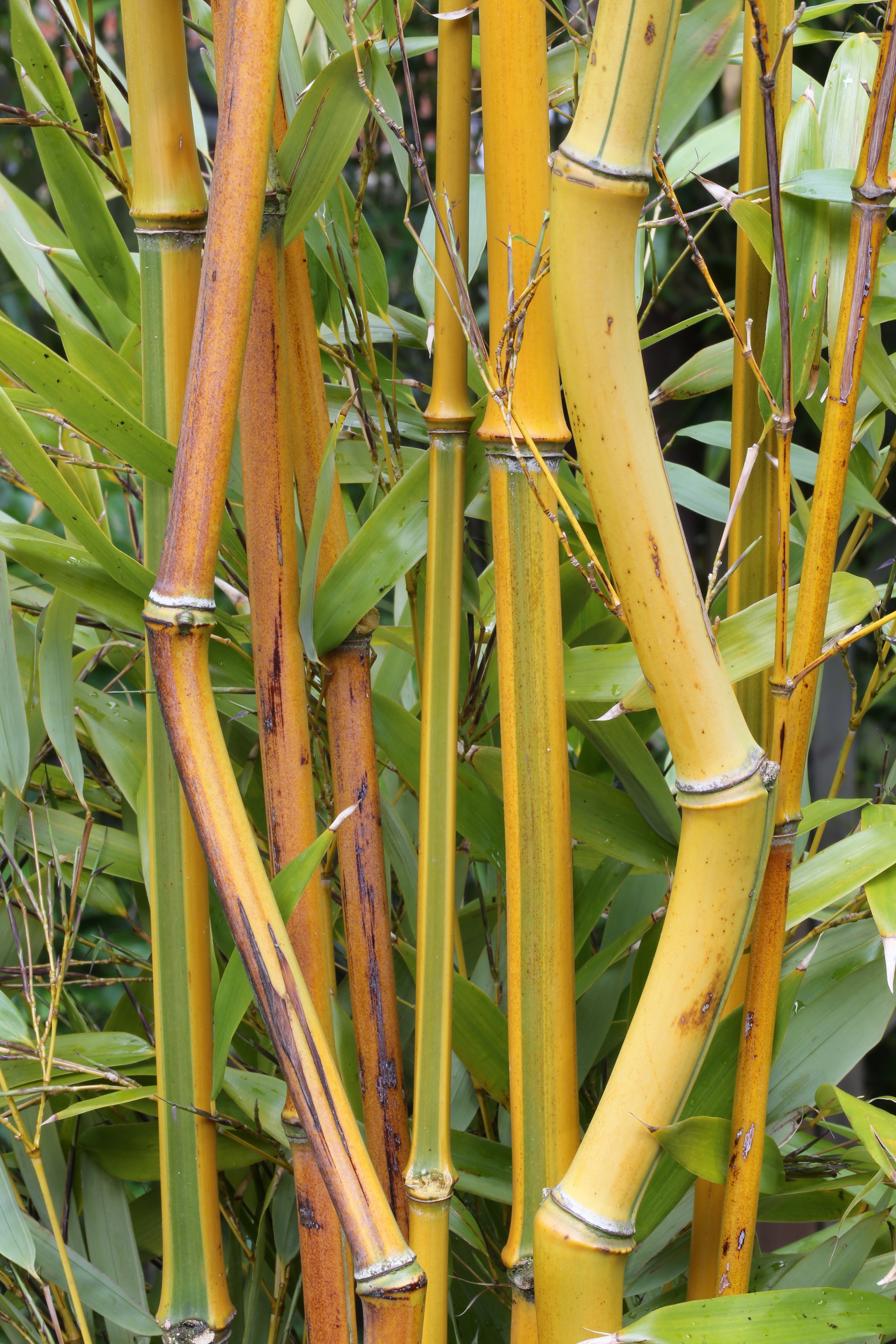
phyllostachys aureosulcata aureocaulis aurea nigra vivax BCM Baumschule Christoph Marken
Phyllostachys aureosulcata 'Spectabilis' is an evergreen bamboo with variegated, white and green foliage. It can grow 10 FT - 40 FT - wide, 25 FT - 30 FT - tall. It contributes grassy texture to the garden. Deer resistant. To grow well, it prefers sun - dappled shade and regular - occasional water. Adaptable to various soil conditions. Grows best in well-drained and average soil.
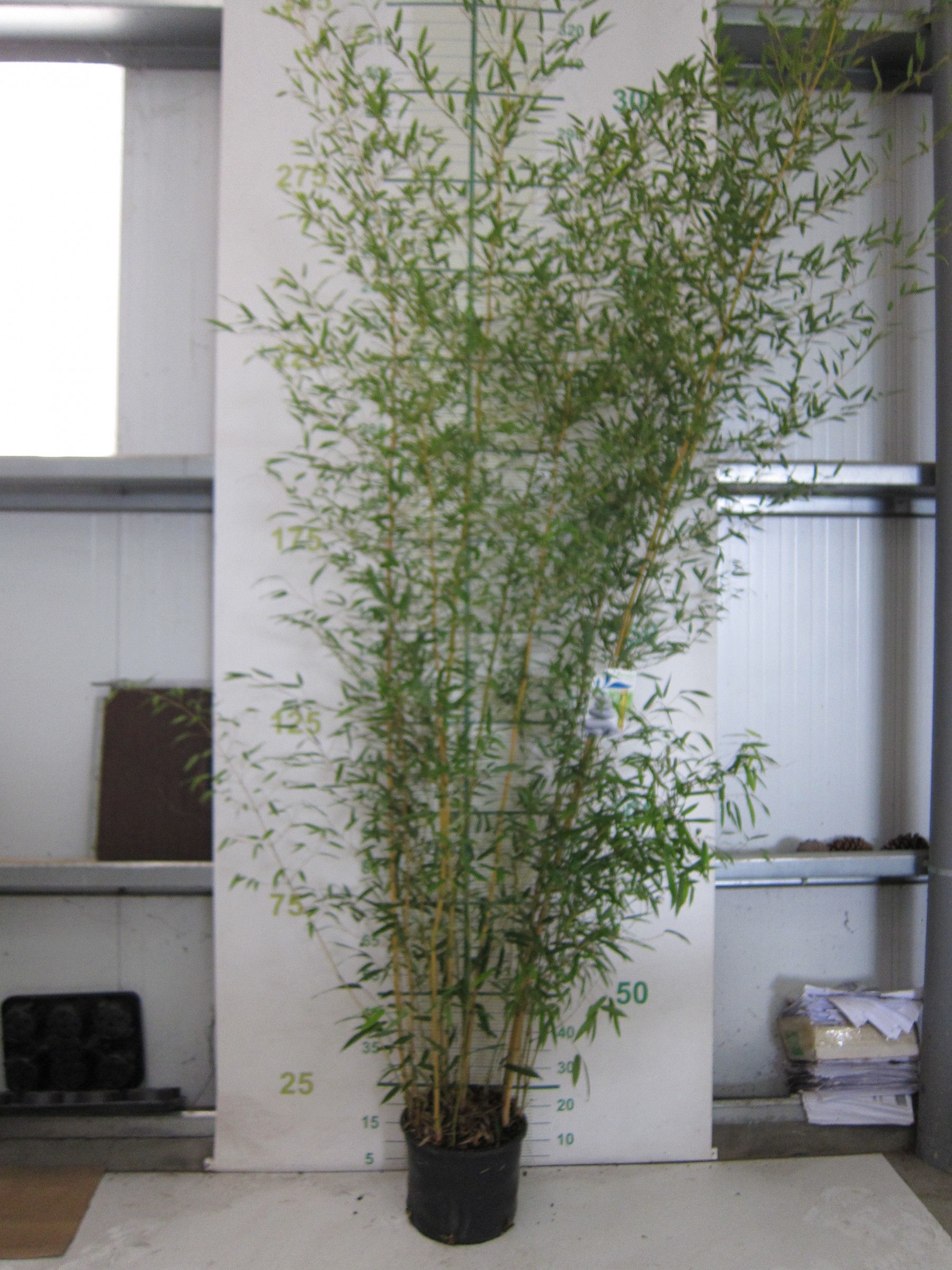
Phyllostachys aureosulcata "Spectabilis" 15L 810 200/250
Description Yellow groove bamboo is a running type of bamboo with very invasive tendencies. It has a yellow strip up its 2" culms. This plant is an invasive species and should not be planted. It is possible for some bamboo to grow upwards of three feet in a single day.

Plant of the weekPhyllostachys aureosulcata f. spectabilis Thomas Stone MCI Hort MPGCA
Phyllostachys aureosulcata 'Spectabilis' shoots in mid to late April and usually doesn't regrow it's winter damaged leaves until it's almost done shooting. By pruning lower branches, it gets much more upright appearance, not to mention the look of exposed colorful culms. If it decides to put out additional survival shoots, it's best.

Plant of the weekPhyllostachys aureosulcata f. spectabilis Thomas Stone MCI Hort MPGCA
Extremely cold-hardy, Phyllostachys aureosulcata f. spectabilis (Showy Yellow Grove Bamboo) is an evergreen bamboo with tall, upright, yellow canes adorned with a contrasting green panel in the sulcus. Rich bright yellow at first, the culms, 2 in. wide (5 cm), ripen to deep golden yellow.
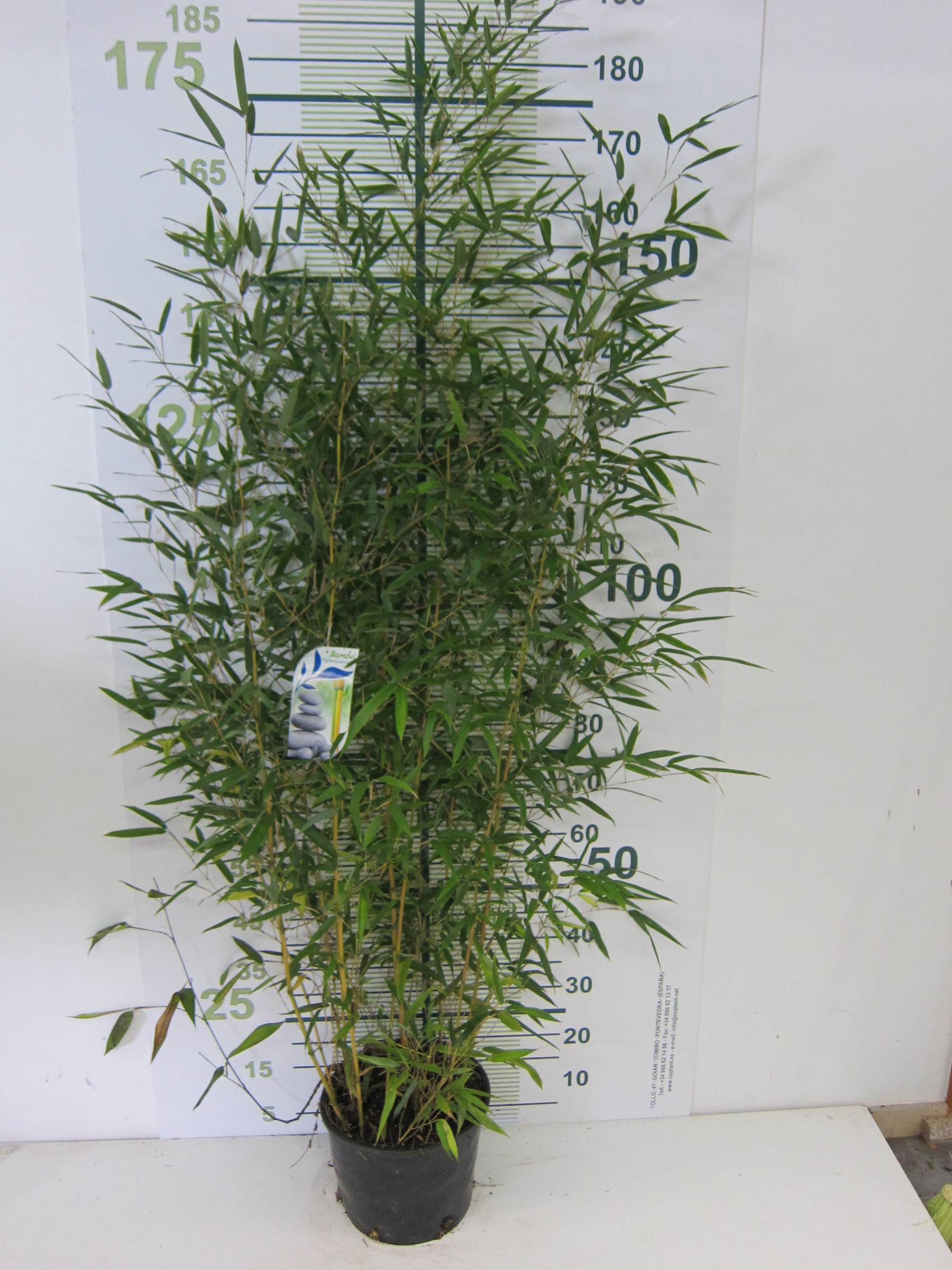
Phyllostachys aureosulcata "Spectabilis" 10L 46 150/200
Phyllostachys aureosulcata 'Spectabilis' (green groove bamboo) $ 34.00 - $ 94.00 Gramineae - grass family) greengroove bamboo: striking yellow culms with green groove, good shoots Phyllostachys genus • max ht 26′ • max culm dia 1.5″ • min temp -10°F • Native to East Asian and the Himalayas Height Add to cart
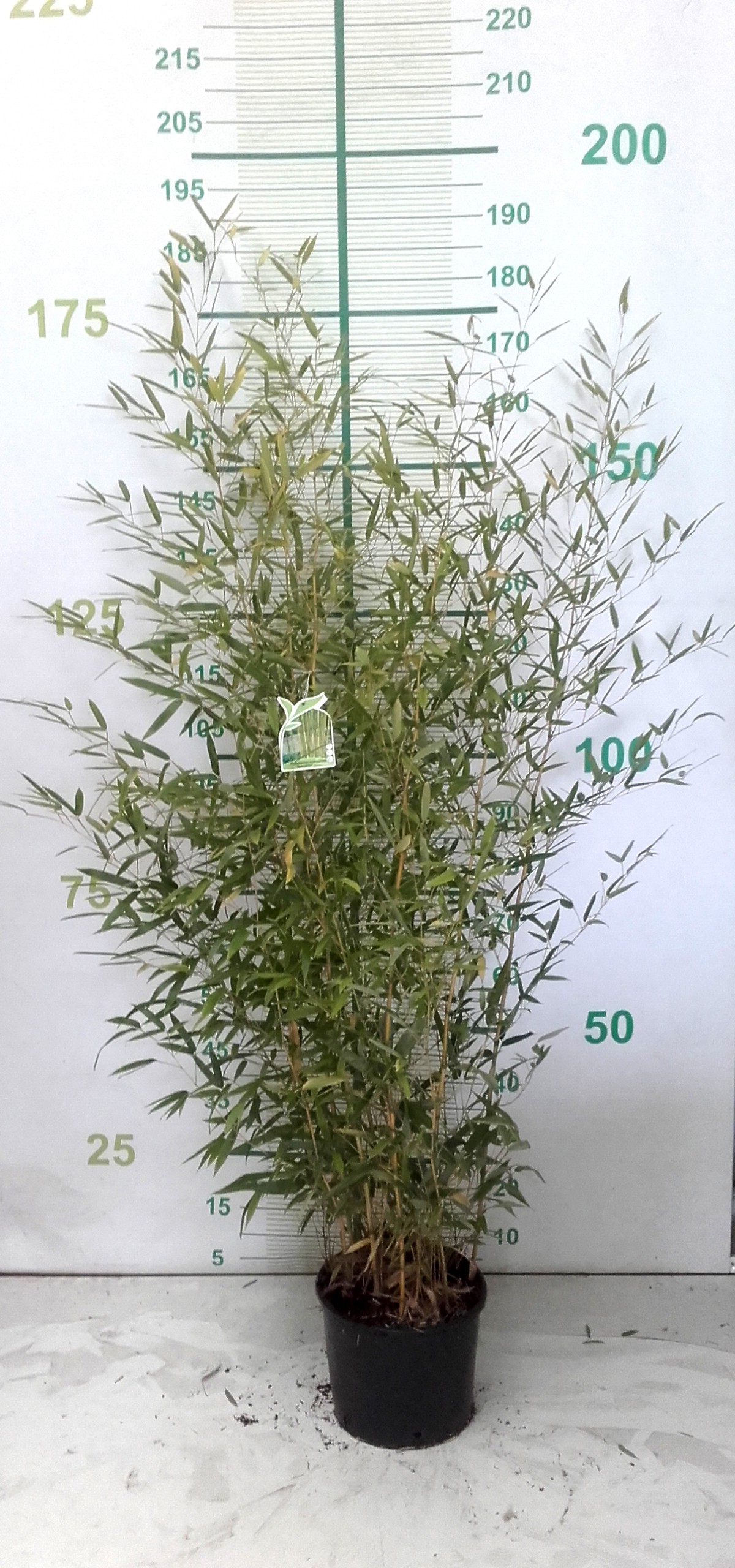
Phyllostachys aureosulcata "Spectabilis" 10L 46 150/200 PHYLLOSTACHYS BAMBÚ
Phyllostachys aureosulcata Spectabilis. Phyllostachys aureosulcata 'Spectabilis' has yellow culms with a green groove, the opposite of aureosulcata "Yellow Groove." Some culms will have a reddish color when exposed to sun. Young culm internodes are rough to the touch and occasionally have a zigzag kink. Some leaves will have a thin white stripe.

Bambou Phyllostachys aureosulcata 'Spectabilis'
Find the deal you deserve on eBay. Discover discounts from sellers across the globe. No matter what you love, you'll find it here. Search Phyllostachys and more.

Phyllostachys aureos ‘Spectabilis’ / Bamboo Spectabilis Caragh Nurseries
Phyllostachys aureosulcata f. aureocaulis is a decorative bamboo, native to China, grown for its pale yellow canes that are reddish when young. It makes an excellent backdrop for border planting, and is useful for screening. Planted alone, it makes a good specimen plant. The sound of its leaves rustling in the wind is also very appealing.

Phyllostachys aureosulcata 'Spectabilis' stem (10/07/2011, London) Phyllostachys, Evergreen
Phyllostachys aureosulcata 'Harbin inversa' is similar to Spectabilis but has random green streaks on a yellow cane instead of the solid green stripe. Email Us Plant Name #1 1 to 3 ft #2 2 to 4 ft #5 4 to 7 ft #10 6 to 12 ft #15 Inquire for height #20 Inquire for height #25 Inquire for height
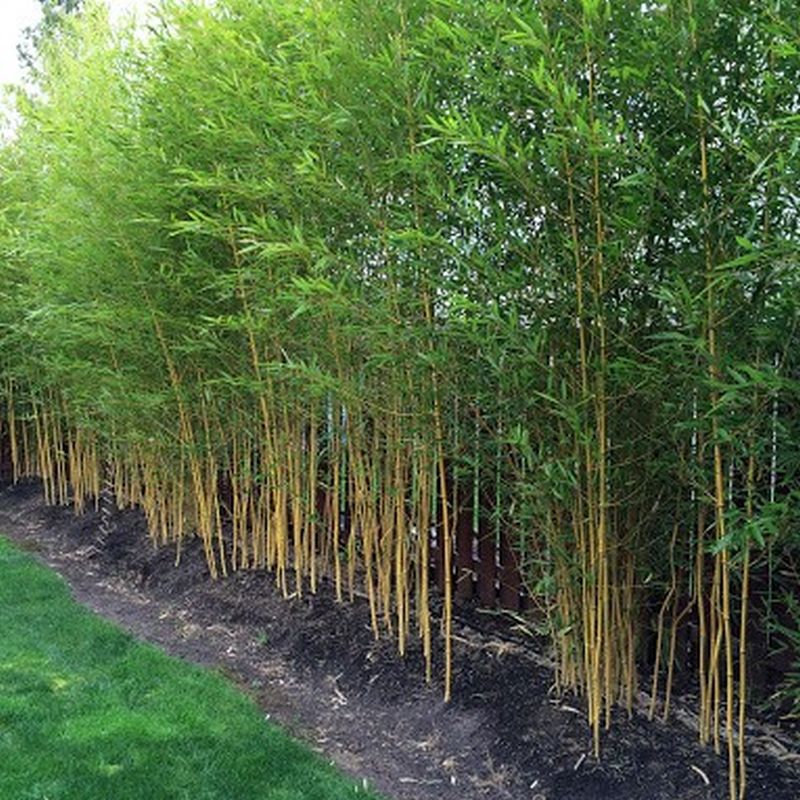
Phyllostachys aureosulcata f. spectabilis (AGM) 10L Coolings Garden Centre
Phyllostachys aureosulcata, commonly called yellow-groove bamboo, is a running bamboo that is named for the yellow sulcis or groove that appears on culm internodes. Yellow grooves are particularly showy on new culms. Culms are green. Culms grow upright to as much as 25-30' tall with 2" diameter.
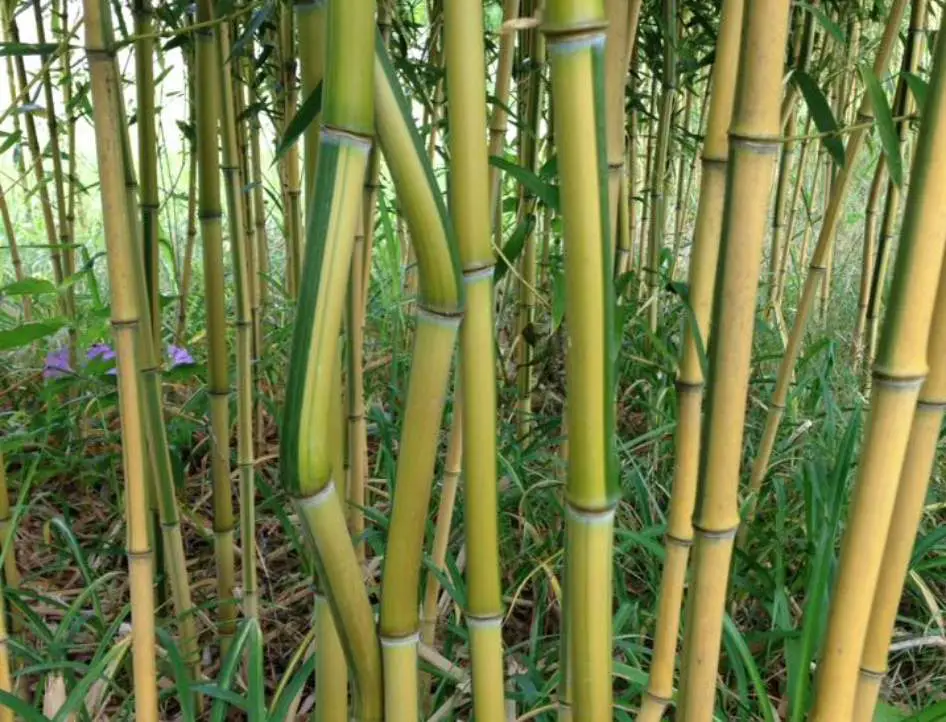
Phyllostachys Aureosulcata Spectabilis bamboo with zigzag Bambu Batu
Phyllostachys aureosulcata f. spectablis has stunning yellow stems, that unlike others in the family, has a green strip in the distinctive groove in the back of the canes, hence the common name. They also sometimes make Zig Zag shape kinks in the canes as well. When the new canes emerge from the ground they are called Colms.

Phyllostachys aureosulcata spectabilis Information, Pictures & Cultivation Tips
Phyllostachys aureosulcata 'Spectabilis' is a fast growing, vibrant and colorful running bamboo for a Northwest privacy screen. It can rapidly fill a raised container with bright yellow, green pinstriped canes that blush magenta in sunlight their first season.

PlantFiles Pictures Phyllostachys, Yellow Groove Bamboo 'Spectabilis' (Phyllostachys
The variety 'Spectabilis' has opposite coloring, yellow culms with green sulcus. 20-25' tall with 1 ½" culms. Hardy to -15 degrees f. Phyllostachys aureosulcata alata: Crookstem Bamboo Green form of Yellow Groove Bamboo with zigzag stems at the base. 30' tall with 2" culms. Hardy to -10 degrees f. Phyllostachys bambusoides